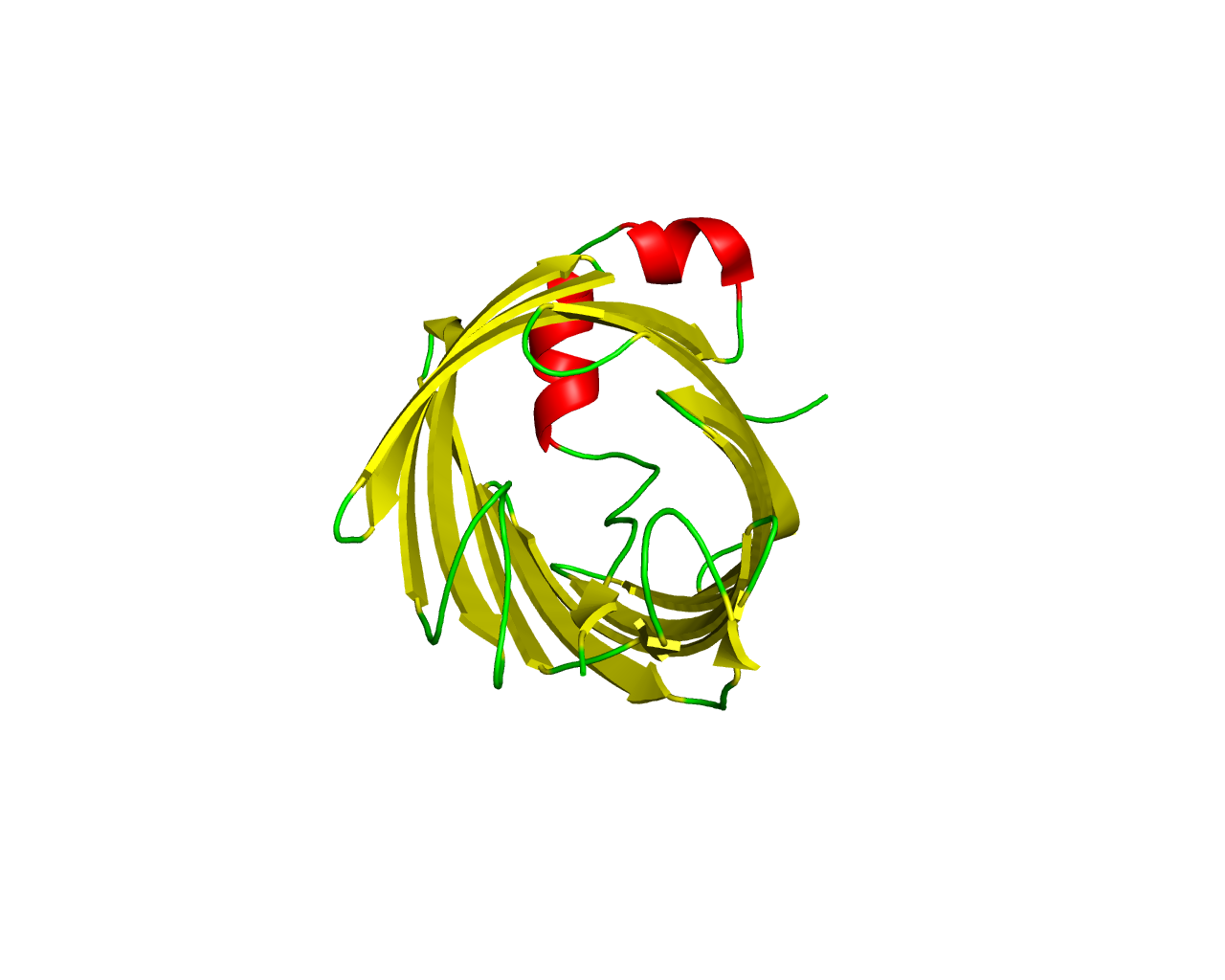| Browse | Text search | Protein search | Domain search | Download | User manual | Related links | Citation & Contact |
The Inverse autotransporter (Intimin/Invasin) Family [Function: Adhesion] Seed alignment | Full alignment | Pfam page | TC-DB page | ||||
This family consists of several adhesins found mainly in enterohaemorrhagic and enteropathogenic Escherichia coli (EHEC and EPEC respectively), termed intimins, and invasins found in Yersinia pseudotuberculosis. Intimins and Invasins, share homology in their N-terminal (500 amino acids in length) segment that forms a 12-stranded ß-barrel, anchoring the protein to the outer membrane. At the C-terminal, these proteins have some Ig-like domains and a C-type lectin domain. Invasin binds to Integrin, whereas Intimin binds to the Translocated Intimin Receptor (Tir). Homologs are also found in other pathogenic bacteria, such as Citrobacter, Shigella, Salmonella, Bordetella and Campylobacter. | ||||
Representative image:  | ||||
| Literature references | ||||
Self-association of EPEC intimin mediated by the beta-barrel-containing anchor domain: a role in clustering of the Tir receptor Mol Microbiol. 2004 Jan;51(1):73-87. doi: 10.1046/j.1365-2958.2003.03830.x. PMID: 14651612 | ||||
Crystal structure of enteropathogenic Escherichia coli intimin-receptor complex Nature. 2000 Jun 29;405(6790):1073-7. doi: 10.1038/35016618. PMID: 10890451 | ||||
| Proteins in this family with 3D-structure | ||||
View Entry | Description | Organism | Length | # strands |
